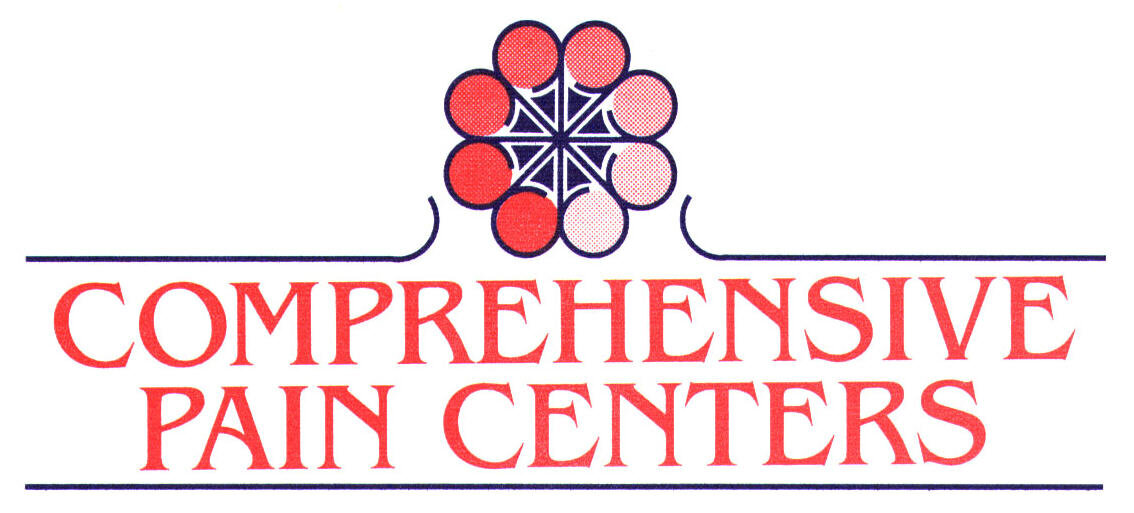Pain Signals, Pain Gates and Chronic Pain
Pain messages travel along the peripheral nervous system until they reach the spinal cord. There is a theory that there are "gates" on the bundle of nerve fibers in the spinal cord between the peripheral nerves and the brain. These spinal nerve gates control the flow of pain messages from the peripheral nerves to the brain.
Many factors determine how the spinal nerve gates will manage the pain signal. These factors include the intensity of the pain message, competition from other incoming nerve messages (such as touch, vibration, heat, etc), and signals from the brain telling the spinal cord to increase or decrease the priority of the pain signal. Depending on how the gate processes the signal, the message can be handled in any of the following ways:
Allowed to pass directly to the brain
Altered prior to being forwarded to the brain (for instance, influenced by expectations)
Prevented from reaching the brain (for instance, by hypnosis-induced anesthesia)
The complexity of this process is illustrated by the "phantom limb" phenomenon described earlier in this article, in which pain signals can seem to arise from amputated limbs. The gate control theory provides a framework to explain this by the complex interaction of the structures of the nervous system - and the role of the most complex structure known.
Pain messages may also be directed along a variety of pathways in the brain.
For instance, a "fast" pain message (A-delta fiber) is relayed by the spinal cord to specific locations in the brain, namely the thalamus and cerebral cortex. The cortex is the portion of the brain where higher thinking takes place. A fast pain message reaches the cortex quickly and prompts immediate action to reduce the pain or threat of injury.
In contrast, chronic pain tends to move along a "slow" pathway (C-fiber). Slow pain tends to be perceived as dull, aching, burning, and cramping. Initially, the slow pain messages travel along the same pathways as the fast pain signals through the spinal cord. Once they reach the brain, however, the slow pain messages take a pathway to the hypothalamus and limbic system. The hypothalamus is responsible for the release of certain stress hormones in the body, while the limbic system is responsible for processing emotions. This is one reason why chronic back pain is often associated with stress, depression, and anxiety. The slow pain signals are actually passing through brain areas that control these experiences and emotions.
The brain also controls pain messages by attaching meaning to the personal and social context in which the pain is experienced. This occurs in the cortex. As we have seen previously, soldiers who are wounded in combat may display much less pain than similarly wounded civilians involved in accidents. The meaning attached to the situation seems to be the important difference.
In times of anxiety or stress, descending messages from the brain may actually amplify the pain signal at the nerve gate as it moves up the spinal cord. Alternatively, impulses from the brain can "close" the nerve gate, preventing the pain signal from reaching the brain and being experienced as pain.
Some other factors that can open or close the pain gates as messages move up and down the spinal cord. These can be roughly divided into sensory (physical being and activities), cognitive (thoughts), or emotional (feelings) areas, although of course there is substantial overlap between these areas in practice.
The events and conditions that may open the pain gates and cause more suffering include:
Sensory factors, such as injury, inactivity, long-term narcotic use, poor body mechanics, and poor pacing of activities
Cognitive factors, such as focusing on the chronic pain, having no outside interests or distractions, worrying about the pain, and other negative thoughts
Emotional factors, such as depression, anger, anxiety, stress, frustration, hopelessness, and helplessness.
Alternatively, influences that can close the pain gates and reduce suffering include:
Sensory factors, such as increasing activities, short-term use of pain medication, relaxation training and meditation.
Cognitive factors, including outside interests, thoughts that help the patient cope with the pain, and distracting oneself from the chronic pain.
Emotional factors, such as having a positive attitude, overcoming depression, feeling reassured that the pain is not harmful, taking control of one’s chronic pain and life, and stress management.
Finding the right pain specialist to decipher these factors, and the signals sent through your pain gate, is key to building the best approach to and treating your chronic pain.
